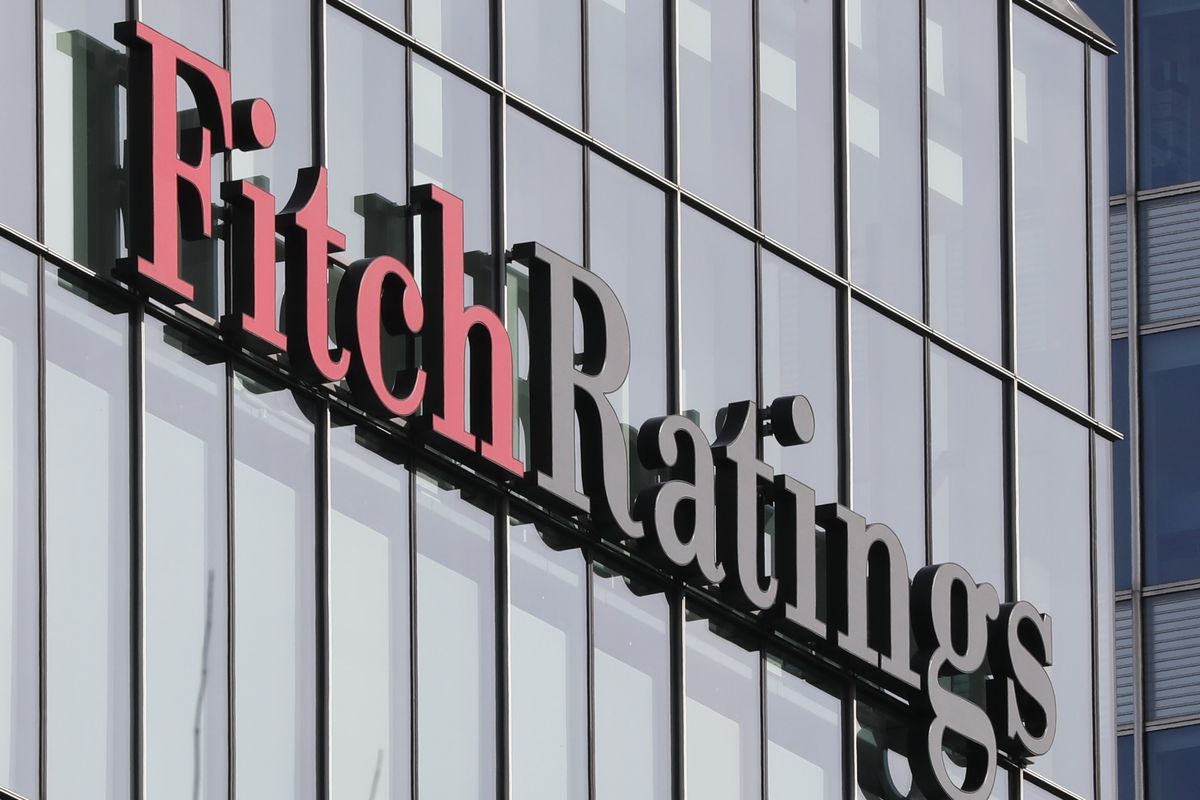Fitch raises global growth forecast amid easing US-China trade tensions
World GDP revised up to 2.2% for 2025, though trade war effects and policy uncertainty continue to weigh on outlook
Business Desk
The Business Desk tracks economic trends, market movements, and business developments, offering analysis of both local and global financial news.

Fitch Ratings on Thursday revised its global growth forecasts upward following a recent easing in U.S.-China trade tensions, but warned that the world economy remains on course for a sharp slowdown due to the lingering effects of the most severe trade conflict since the 1930s.
In its June 2025 Global Economic Outlook (GEO), Fitch forecast global GDP growth at 2.2% for 2025, up 0.3 percentage points from its previous GEO issued in April. Growth for 2026 was also revised up to 2.2% from 2.0%. However, both projections remain well below the 2.9% growth recorded in 2024 and the longer-term average of 2.7%.
“We’ve made broad-based upward revisions to our growth forecasts due to de-escalation in trade tensions,” Fitch stated. “But global economic momentum remains vulnerable.”
In the United States, Fitch revised its 2025 growth outlook to 1.5% from 1.2%, citing diminished recession risks. Nonetheless, the agency noted signs of weakening final domestic demand and anticipated a slowdown in consumption in the second half of the year.
China’s growth forecast for 2025 was increased to 4.2% from 3.9%, supported by fiscal easing. The eurozone outlook was also revised upward to 0.8% from 0.6%.
U.S. Effective Tariff Rate
Fitch’s latest estimate for the U.S. Effective Tariff Rate (ETR) stands at 14.2%, with expectations that it will rise slightly in the coming months, approaching the 18% assumption in the March GEO but staying below the 27% rate projected in April. Despite easing tensions, Fitch said recent volatility in U.S. trade policy continues to fuel uncertainty, weighing on investment and growth prospects.
The report noted that tariffs have dampened U.S. business and consumer confidence and caused a spike in imports in Q1 2025 as buyers attempted to front-load purchases. Inventories rose sharply as a result. While U.S. consumer price inflation (CPI) has yet to show significant changes, upstream producer prices and survey-based price pressures have increased.
Equity market volatility, a weaker dollar, and higher long-term U.S. Treasury yields have also been observed as tariffs exert downward pressure on U.S. financial assets.
In China, fiscal policy remains the primary tool to offset the U.S. tariff shock, while a weakening dollar and declining local-currency export prices are helping Chinese exporters gain competitiveness globally.
For Germany, U.S. tariff hikes, especially on autos, pose yet another external challenge. However, signs of recovery in domestic demand and upcoming fiscal support are expected to bolster German growth in 2026.
On monetary policy, Fitch expects the Federal Reserve to proceed cautiously with rate cuts, anticipating only one cut in the fourth quarter of 2025. Persistent inflation concerns, slowing labor force growth, and strong inflation expectations are likely to keep the Fed conservative.
Fitch also highlighted oil price volatility as a source of upside risk to inflation and raised its average oil price forecast for 2025 by $5 to $70 per barrel.
Meanwhile, the European Central Bank (ECB) appears more comfortable with recent progress in wage and price disinflation and is projected to cut rates to 1.75% in September, moving into below-neutral territory.










Comments
See what people are discussing